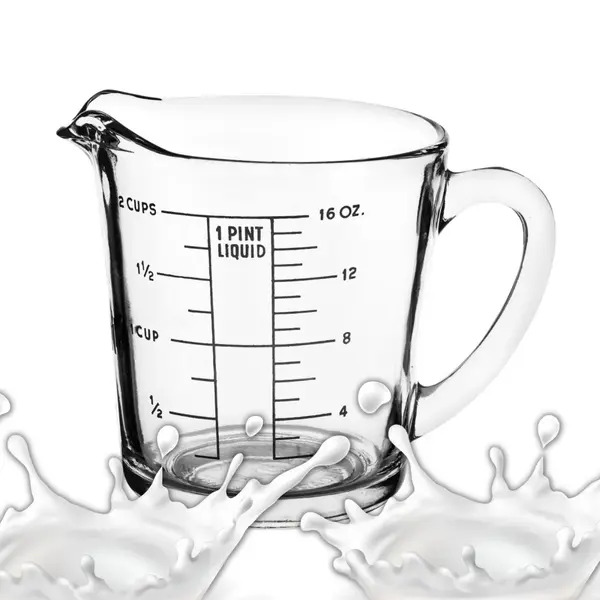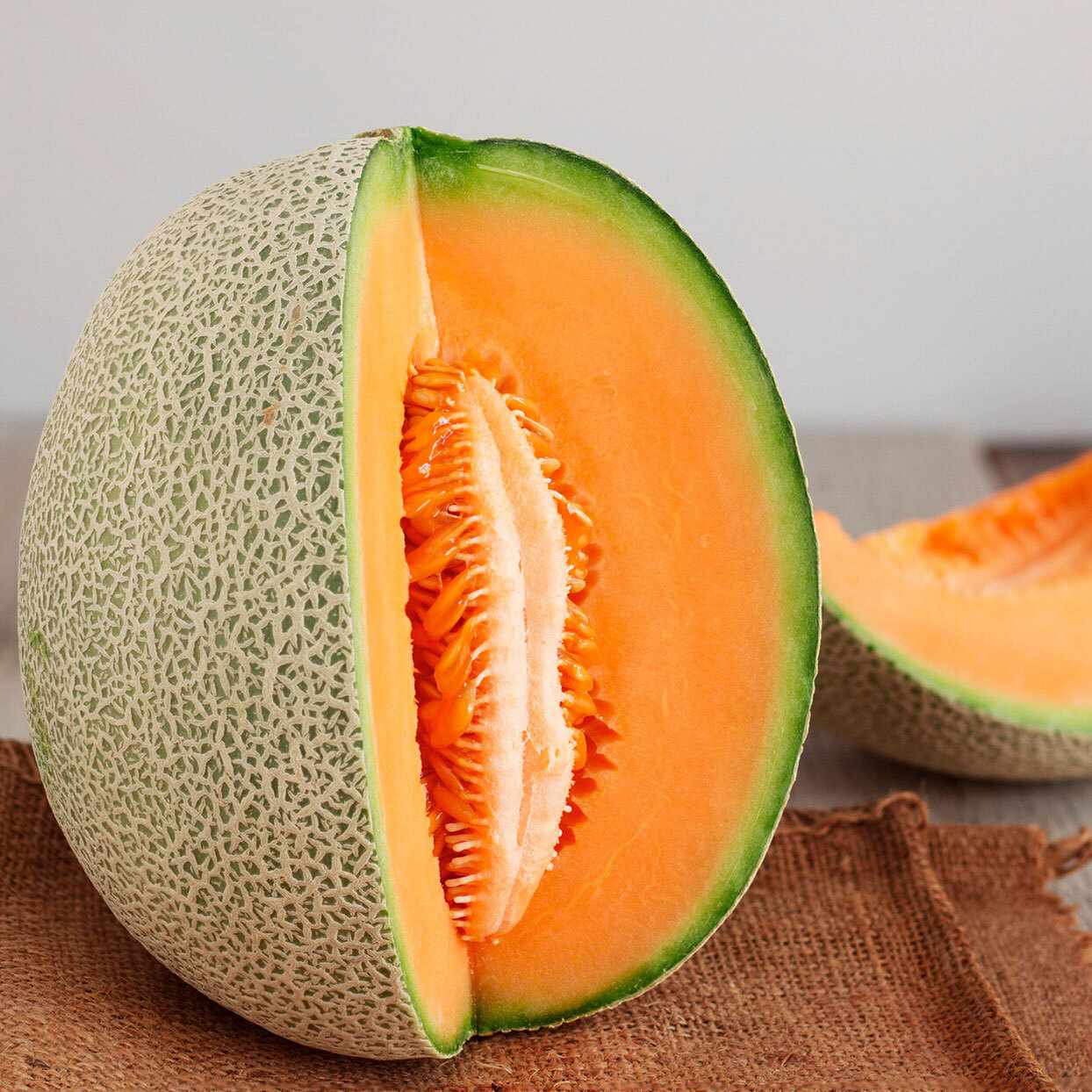The liquid ounce (fl oz) and the pint (pt) are two common units of measurement for liquids. They are both used in the United States customary system and the British imperial system, but there is a slight difference in their definitions between the two systems.
In the US customary system, there are 16 fluid ounces in one pint. In the British imperial system, there are 20 fluid ounces in one pint.
How many liquid ounces are in a pint?
The number of liquid ounces in a pint varies depending on the measuring system being used.
In the US customary system, there are 16 US fluid ounces in a US liquid pint. This is the most common measuring system used in the United States.
In the British imperial system, there are 20 imperial fluid ounces in a British pint. This measuring system is most commonly used in the United Kingdom and other Commonwealth countries.
Therefore, the answer to your question depends on which measuring system you are using. If you are using the US customary system, there are 16 liquid ounces in a pint. If you are using the British imperial system, there are 20 liquid ounces in a pint.
How many ounces are in a standard pint?
There are 16 fluid ounces in a standard pint, regardless of whether it is in a carton or any other container.
So, a 1 pint carton holds 16 fluid ounces.
Example:
If you buy a 1 pint carton of milk, it will contain 16 fluid ounces of milk.
Note:
There is also a dry pint, which is used to measure dry ingredients such as flour and sugar. However, a dry pint is not the same as a fluid pint. A dry pint is equal to 18.62 fluid ounces.
How many ounces is in a 1 pint carton?
There are 16 ounces in a 1 pint carton. This is true for both the US and imperial measurement systems.
One way to remember this is that there are two cups in a pint, and two cups are equal to 16 ounces. So, 1 pint = 16 ounces.
Here is a table of common volume conversions:
Unit US fluid ounces Imperial fluid ounces
Pint 16 20
Cup 8 10
Fluid ounce 1 1
How do you measure 1 oz of liquid?
To measure 1 oz of liquid, you can use a measuring cup or a shot glass.
Using a measuring cup:
Place the measuring cup on a level surface.
Pour the liquid into the measuring cup until it reaches the 1 oz line.
If the liquid is above the 1 oz line, carefully pour out the excess liquid until the bottom of the meniscus (the curved surface of the liquid) reaches the 1 oz line.
Using a shot glass:
Fill the shot glass with the liquid until it is about 1/8 inch below the rim.
Hold the shot glass at eye level and look at the bottom of the meniscus.
If the bottom of the meniscus is below the 1 oz line, carefully pour in more liquid until it reaches the line.
Tips:
To get the most accurate measurement, use a clear measuring cup or shot glass so that you can see the meniscus.
If you are measuring a sticky liquid, such as syrup or honey, coat the inside of the measuring cup or shot glass with a light layer of cooking spray before measuring. This will help to prevent the liquid from sticking to the sides of the container.
Be careful not to overfill the measuring cup or shot glass, as this can lead to inaccurate measurements.
Equivalents:
1 oz = 1/8 cup = 2 tablespoons = 30 milliliters
What does 1 ounce look like?
One ounce (oz) is equal to 28.3495231 grams. It is a unit of weight used in the US Customary Unit and the British Imperial Unit systems.
Here are some examples of what one ounce looks like:
A golf ball
A shot glass of water
A handful of almonds
A slice of cheese
A tablespoon of peanut butter
A small bar of chocolate
A serving of cooked meat
Serving of cooked meat
Mediumsized apple
It is important to note that the appearance of one ounce can vary depending on the density of the material. For example, one ounce of gold will look much smaller than one ounce of feathers.
How is 1 ounce of water?
1 ounce of water is a unit of volume, equal to 29.5735295625 milliliters (mL) in the US customary system and 28.4130625 mL in the imperial system. It is also equal to about 1.8 tablespoons or 0.125 cups.
To visualize 1 ounce of water, imagine a small shot glass or a single-serving water bottle. It is enough water to quench a mild thirst, but it is not enough to keep you hydrated for a long period of time.
Most adults should drink around 131 ounces of water per day, which is equivalent to about 8 glasses of water. However, your individual needs may vary depending on your activity level, climate, and other factors. It is important to listen to your body and drink enough water to stay hydrated.
Here are some tips for staying hydrated:
Drink water throughout the day, even if you don’t feel thirsty.
Drink more water when you are exercising or sweating.
Eat fruits and vegetables, which are high in water content.
Avoid sugary drinks, such as soda and juice, as they can dehydrate you.
If you are unsure how much water you should be drinking, talk to your doctor.
How do I measure ounces?
There are two ways to measure ounces: by weight or by volume.
To measure ounces by weight:
Use a kitchen scale. Set the scale to ounces.
Place the ingredient you want to measure on the scale.
Adjust the ingredient amount by adding or removing until it reaches the desired amount of ounces.
To measure ounces by volume:
Use a liquid measuring cup. Liquid measuring cups have tick marks that indicate the volume in fluid ounces.
Pour the liquid you want to measure into the measuring cup.
Make sure the liquid is at the desired level, indicated by the tick marks on the measuring cup.
Note: Fluid ounces are different from ounces. Fluid ounces measure the volume of a liquid, while ounces measure the weight of a solid.
Here is a table of common liquid measures and their equivalents in fluid ounces:
Liquid Measure Fluid Ounces
Tablespoon 1/2
Cup 8
Pint 16
Quart 32
Gallon 128
If you are measuring a solid ingredient, such as flour or sugar, you must use a kitchen scale to measure it accurately. Liquid measuring cups are not accurate for measuring weight.
Here are some tips for measuring ounces accurately:
Make sure the scale or measuring cup is level.
If you are using a kitchen scale, tare the container before adding the ingredient you want to measure. This will ensure that you are only weighing the ingredient, not the container.
If you are measuring a liquid, make sure the liquid is at the desired level, indicated by the tick marks on the measuring cup.
Do not overcrowd the measuring cup. If the liquid is overflowing, pour some out and try again.
How much is an ounce of liquid?
No, 1 tablespoon does not equal 1 ounce.
In the US customary system, 1 tablespoon is equal to 1/2 ounce.
Therefore, it takes 2 tablespoons to equal 1 ounce.
This conversion is the same for both liquid and dry ingredients.
Here is a table of conversions between tablespoons, ounces, and cups:
Tablespoons Ounces Cups
1 1/2 1/16
2 1 1/8
4 2 1/4
8 4 1/2
12 6 3/4
16 8 1
Conclusion
The number of ounces in a pint depends on which system of measurement you are using. In the US customary system, there are 16 fluid ounces in one pint. In the British imperial system, there are 20 fluid ounces in one pint.
References
- plattershare.com/measurements-demystified-how-many-ounces-in-a-pint/
- cozymeal.com/how-many-ounces-in-a-pint
- edtengineers.com/demystifying-measurements-or-which-ton-are-you-talking-about
- measurementplace.com/how-many-cups-is-8-oz/






